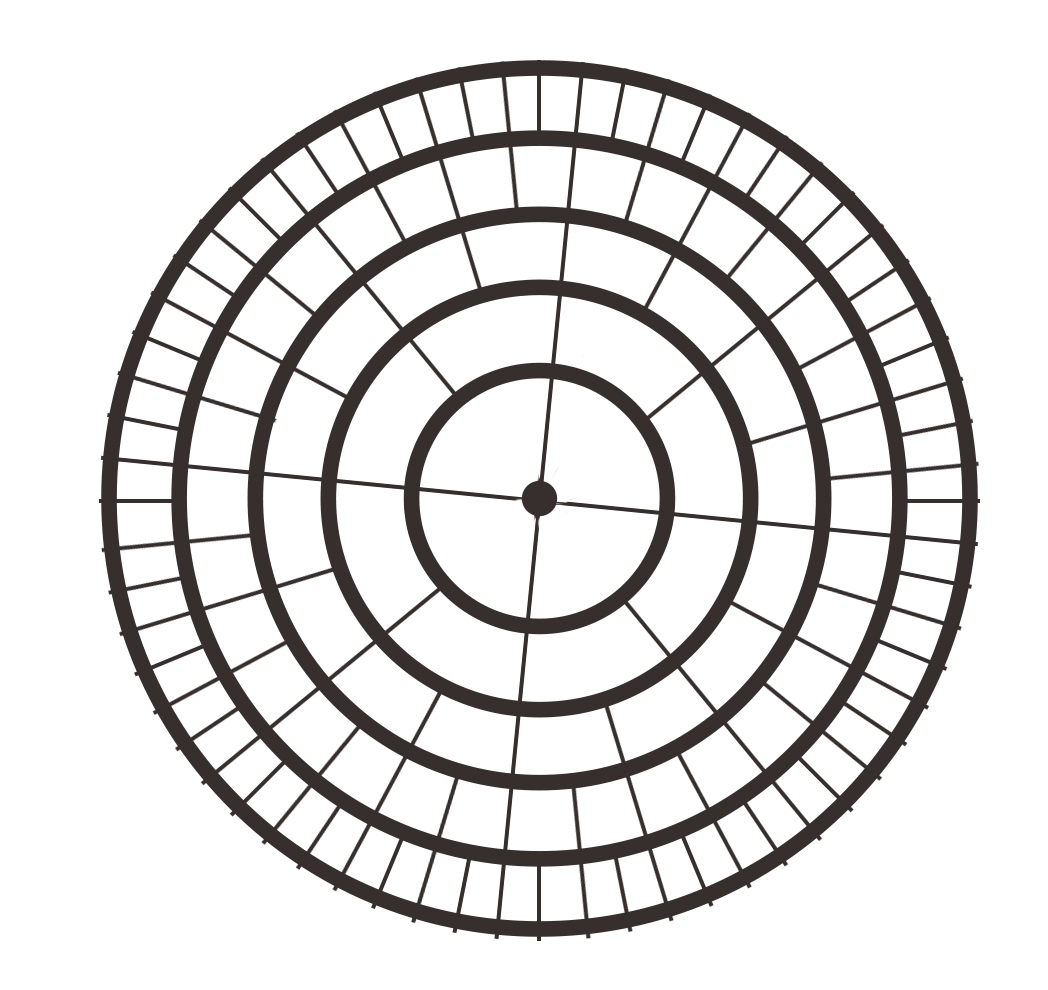That sounds & looks pretty awesome!
Just to make sure I'm on the same page about the example above,
The maze has 5 rows and 4 columns?
I think it could be feasible with the current code base, but a more accurate answer would require knowing if this can be solved using the current solution methods. It sounds like we would want to handle this and square mazes differently. This would mean creating a super class, called maze, and subclassing it into squaremaze and circularmaze. If the solution methods still work, it could just go off of type maze. Otherwise we'll probably want to subclass all of the current solution methods and use type squaremaze with them-and then crate a new class for solving square mazes (and implement new algorithms).
One other issue may be (depending on how you do it) linking the columns together. I'm sure there are algorithms that depend on proper column endings.
Having a finer mesh would be awesome, maybe you could set that as a default argument and let the user override it!
As for matplotlib, @jostbr did all of the visualization stuff and probably has some good input.




It would be great if a circular maze, which is usually more complex to be comprehended by the human mind, could be implemented using the algorithm that is already here. What I have in mind is the following cell structure:
The design above is not geometrically optimal but could be implemented the following way:
I have implemented the above condition but I am yet to commit the changes as visualizing this in matplotlib is not as simple as doing that for a grid. The following is a manual visualization from the raw outputs of
generate_maze.Please do let me know if you're more interested in this and have ideas about visualzing this implementation in matplotlib